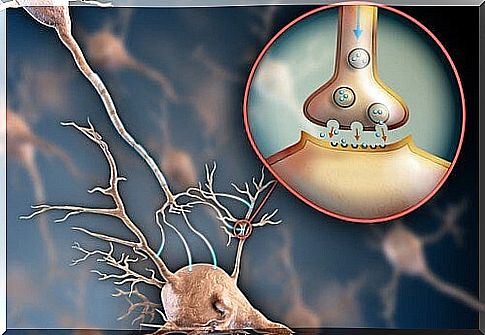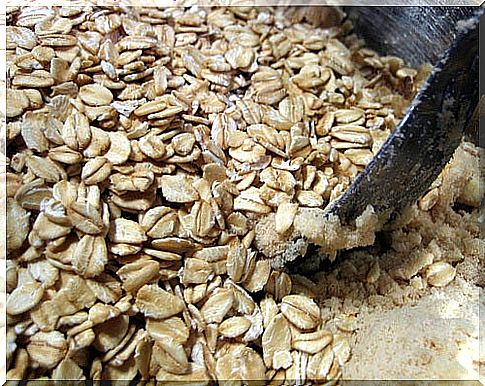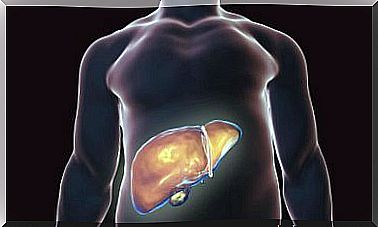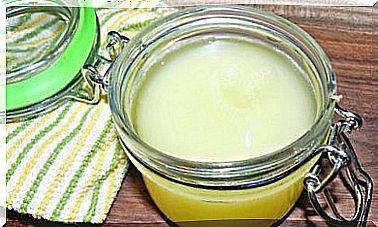6 Ways To Strengthen The Nervous System

The nervous system, one of the most complex and important in our body, is responsible for external (through the senses) and internal stimuli and for responding to them through different bodily actions.
Due to the fact that the nervous system is responsible for controlling most of our vital functions (breathing, heartbeat, hunger, thirst, posture, etc.), as well as our emotions, it is important to strengthen it in a natural way to ensure a good quality of life.
6 ways to strengthen the nervous system
1. Three very beneficial foods
There are some specific foods that act positively, regulating our nervous system:
brewer’s yeast
Thanks to the group B vitamins present in yeast, it is an important tonifier of the central nervous system.
Therefore, it helps in cases of depression, anxiety, stress, apathy or lack of appetite.
We can consume it in powder, mixed with juice or yogurt, or in tablets, if we don’t like its slightly bitter taste.
Some brands market non-bitter types of yeast (as they soften their flavor).
If we take it with meals, we will get a better absorption of its nutrients.
Oat
This delicious cereal acts to control the nervous system, calms cases of irritability and moderate anxiety, relieves insomnia, even in young children, and favors intellectual performance.
Interestingly, it is a food that brings relaxation and energy at the same time.
We can consume it cooked, sweet or savory, boiled with milk and a little cinnamon or in vegetable soups and creams. In addition, we can also take oat milk.

Pollen
Pollen is a superfood: it balances the blood pH and the functioning of the nervous system thanks to the B group vitamins.
We should take a spoonful of ground pollen every morning mixed with a little water, juice or yogurt.
2. Magnesium
Changes in the nervous system, such as insomnia, anxiety, hyperactivity, restlessness or panic attacks, can be symptoms of a lack of magnesium in our body.
Therefore, in these cases, it is recommended to consume foods rich in magnesium daily. Some examples are:
- Cocoa : 100 grams of pure dark chocolate contain 500 milligrams of magnesium.
- Dark green leafy vegetables: chard, lettuce and spinach.
- Fruits : banana, apricot, avocado, peach, plum.
- Dried fruits: almonds, cashews, hazelnuts, walnuts.
- Vegetables: peas and lentils.
- Seeds.
- Cereals: brown rice, corn, oats.
- Potatoes.
- Pumpkin.

We can also opt for a magnesium supplement. In this case, we will take 3 grams a day, orally, divided into 3 daily doses, so that the body can absorb it correctly. That is, 1 gram per meal.
3. Medicinal plants
The following medicinal plants act as relaxants and fortifiers of the nervous system.
We can drink them in the form of tea or extract, or even aromatize the environment and our skin with their essential oils.
- Melissa
- Ginkgo biloba
- hyperic
- basil
- Lavender
- Passion fruit
4. Sunlight
Sunlight is an excellent regulator of the nervous system and, in addition, it provides us with vitamin D.
In order to enjoy its benefits, we must sunbathe for at least 10 to 15 minutes daily, preferably at dawn or late afternoon.
5. Walking barefoot in a natural environment
Walking barefoot on wet earth, wet grass, on the sand on the beach or in a river for at least half an hour a day is the most economical and healthy way to balance our nervous system.
In addition, it helps us to eliminate the electromagnetic radiation that we carry in our bodies through continuous contact with electrical appliances.
We recommend that you give it a try, as the results can be noticed from day one.
6. Water therapy
Water at different temperatures helps us to balance the nervous system.
We can do different therapies with water, with, for example:
- Cold and wet frictions. With a towel well drained, but not dry, follow the following route: hand-shoulder, foot-groin, torso. Do it quickly and then wrap yourself well to warm up your body.
- Alternating arm baths. Start by soaking your arms in hot water, briefly, then in cold water, and then alternate. The last dive must be in cold water.
- Generally, finishing a shower with cold water for a few seconds has great benefits. Attention: avoid only the head region.
- Finally, baths with magnesium sulfate (amount of 100 grams) are very relaxing and revitalizing.
Images provided by MGF/Lady Disdaim and John Loo.









